Force of friction
- The force which resists the relative motion of a surface is called as Friction.
- The force of friction is offered by all types of surface such as solid, liquid and the air.
- The force of friction is always applied in the opposite direction of the movement.
- When the two substance move towards each other, then friction is applied.
Factors affecting friction
- When two surfaces are in contact then their irregularities cause friction.
- Increase in weight causes the increase in the force of friction.
- More force of friction is offered by Rougher surfaces.
Types of Friction
- Sliding friction
- When two surfaces overlaps then this force comes into action.
- Example is sliding of a box or book over the ground.
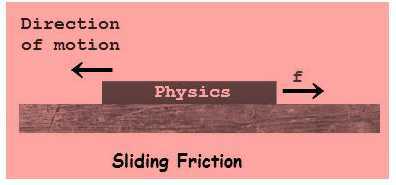
- Rolling friction
- When one surface rolls on the other surface then this friction comes to an action.
- Sliding friction is bigger than the rolling friction.
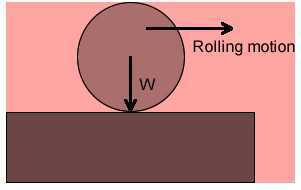
Why is friction necessary?
- Some examples which show friction is necessary are-
- Due to the friction offered by ground, we can walk easily. Hence walking requires friction
- Since wet marble floor or muddy tract offers very less amount of friction which makes difficult for us to walk easily on them.
- Grooves on the soles of the shoes give good amount of friction to the ground which makes us walk easily due to the good grip.
- Heat is also produced by friction.
- Due to the friction provided by the paper to the tip of them pen, writing with the pen becomes possible.
Fluid Friction
- Liquids and gases are generally termed as fluid. Fluids also provide friction just like the solids.
- With the speed of fluid and the speed of the moving object, the friction of fluid increases.
- When the fluids offer frictional force then that force is called as drag.
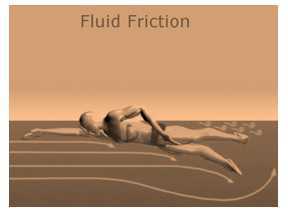
Recap
- The force which resists the relative motion of a surface is called as Friction.
- The force of friction is offered by all types of surface such as solid, liquid and the air.
- The force of friction is always applied in the opposite direction of the movement.
- When two surfaces are in contact then their irregularities cause friction.
- Liquids and gases are generally termed as fluid. Fluids also provide friction just like the solids.

























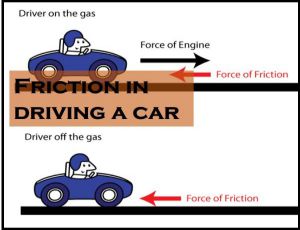
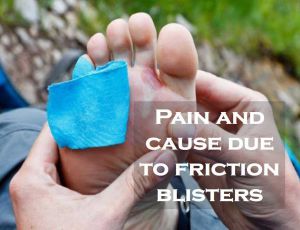








Comments